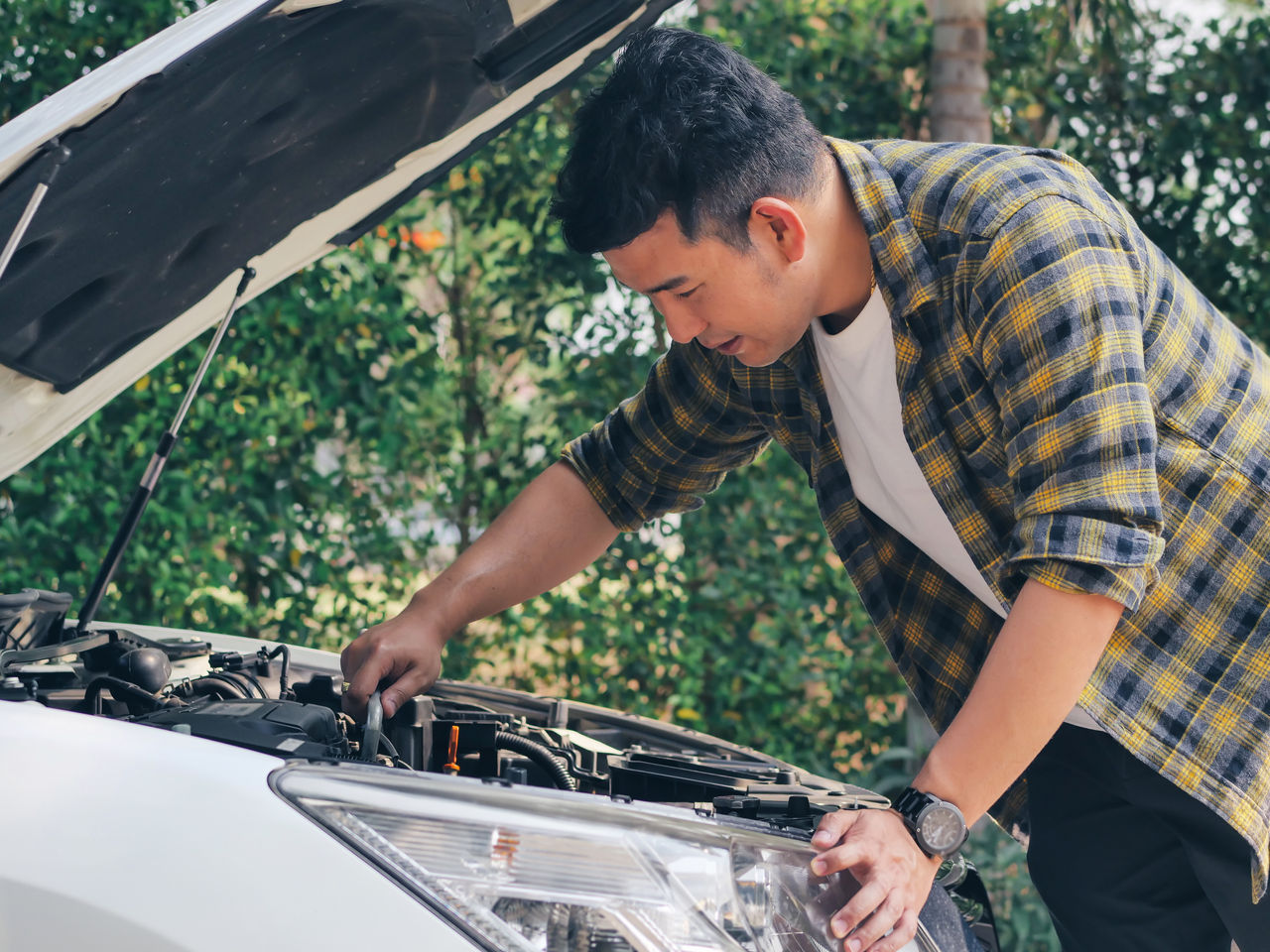BBB has the following tips for car shoppers to determine if a used car is flood-damaged.
Flooding issues can lure in scam artists trying to pass off water-damaged vehicles as ordinary used cars.
These vehicles typically show up at auto auctions, used car dealerships, and classified ads. Unsuspecting consumers, particularly those living in regions of the country unaffected by hurricanes or flooding, are often fooled by fresh upholstery, new carpeting, and bargain prices.
Once the owners of damaged cars settle with the insurance companies, the vehicles are sometimes refurbished and resold. Flooded cars are often transported well beyond the original region where the flood or major storm occurred to locations where consumers may be less aware of the damage and what warning signs to look for. Sometimes, a middleman buyer intentionally hides a car's history as a flood-damaged vehicle through a process known as "title washing" and sells it to an unsuspecting buyer in a state unaffected by the disaster. Among many possible mechanical problems faced by flooded cars, corrosion can take years to surface eventually, when it can cause electrical and mechanical problems. By the time the issues become apparent, the seller is gone, and the new owner is left with an unreliable vehicle and no recourse against the seller.













